Misunderstandings often occur between the air conditioner's dry and cool modes. They don't seem to have much difference in terms of temperature influence. However, they each have a distinct purpose. But your main concern here is how long to use dry mode. We thoroughly researched the answer on the internet.
If you want to get rid of the humidity inside your home, we suggest using a dehumidifier instead of the dry mode feature of your air conditioner. HVAC professionals recommend that you should only operate the AC's dry mode for an hour or a maximum of two hours.
If you want to understand how dry mode works, it would be best to keep reading. You will also learn a lot from this article, particularly about when to use this feature or its benefits. So, without further ado, let's delve into the details!
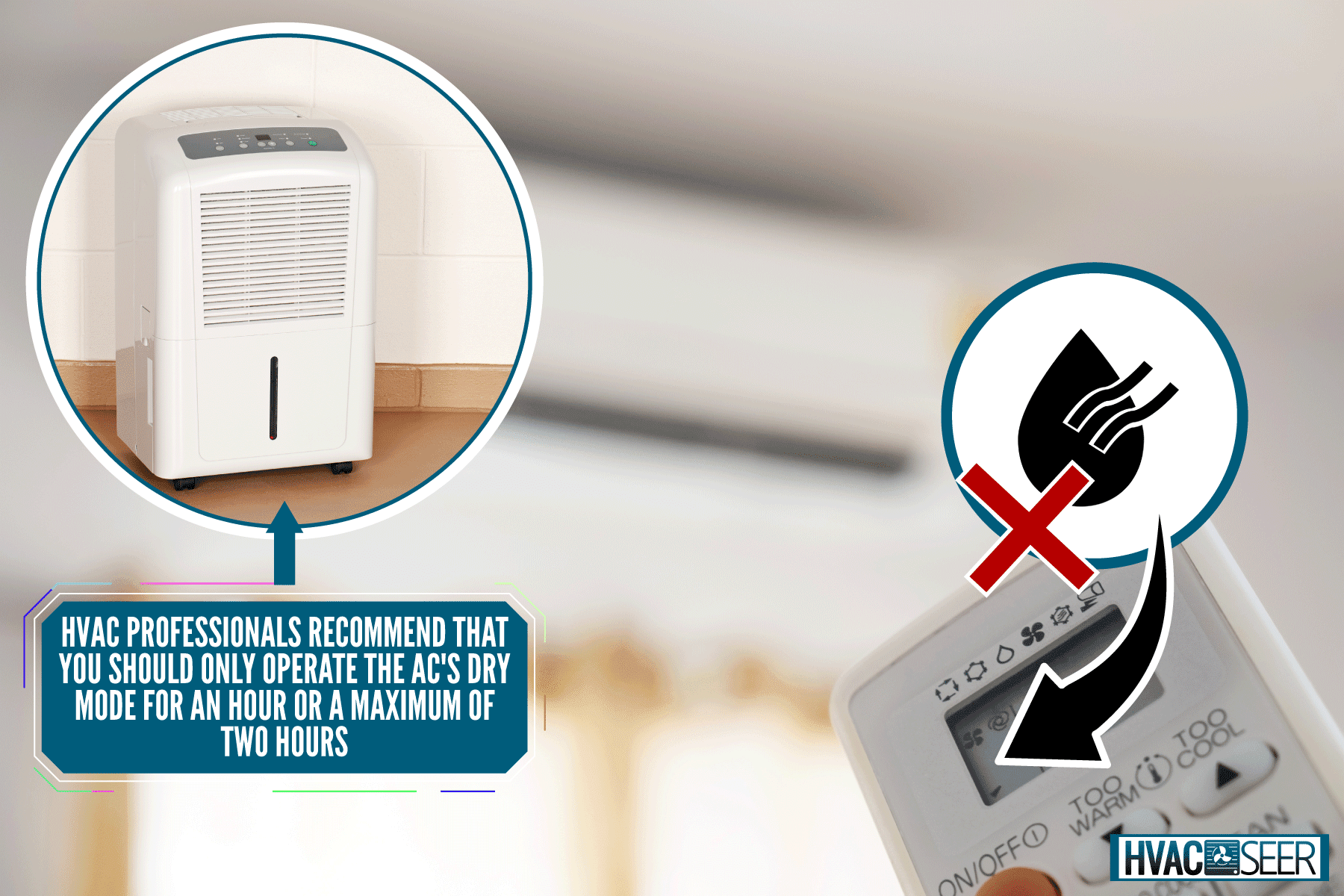
How Does A Dry Mode Work?
Just like the temperature, humidity levels change throughout the year. Thanks to technological advancements, there are already various settings in an air conditioner that cater to different weather conditions.
The primary goal of the dry mode is to lessen the amount of moisture in the air. Note that eliminating that moisture produces a cooling impact.
![]()
It's identical to the cooling mode feature but uses a different method to gauge temperature. If your air conditioner is in dry mode, it will circulate cool air through your room and adjust its temperature accordingly. As the system gets to the predetermined temperature, the compressor will slow down, reducing the cooling capacity and eventually turning off.
Moreover, when in dry mode, your air conditioner will keep track of the temperature in the room and decide when to shut off. After that, it will consider and adjust the following:
- Room or return air temperature
- Cooling coil or heat exchanger temperatures
The compressor and fan will also manage the humidity to keep the optimum temperature variations between the cooling coil and return air temperature. There will be no cool air to disburse, but the fan inside the unit will continue to work. It won't entirely work as a dehumidifier does, but it keeps the humidity manageable.
Keep in mind that as much as possible, you should not utilize the dry mode feature to get rid of the humidity inside your home. You should be aware that a room that is too dry can be just as unpleasant as a place with too much moisture. So, it is a must to keep the dry mode running for only a maximum of two hours, which is enough to make the environment comfortable for you.
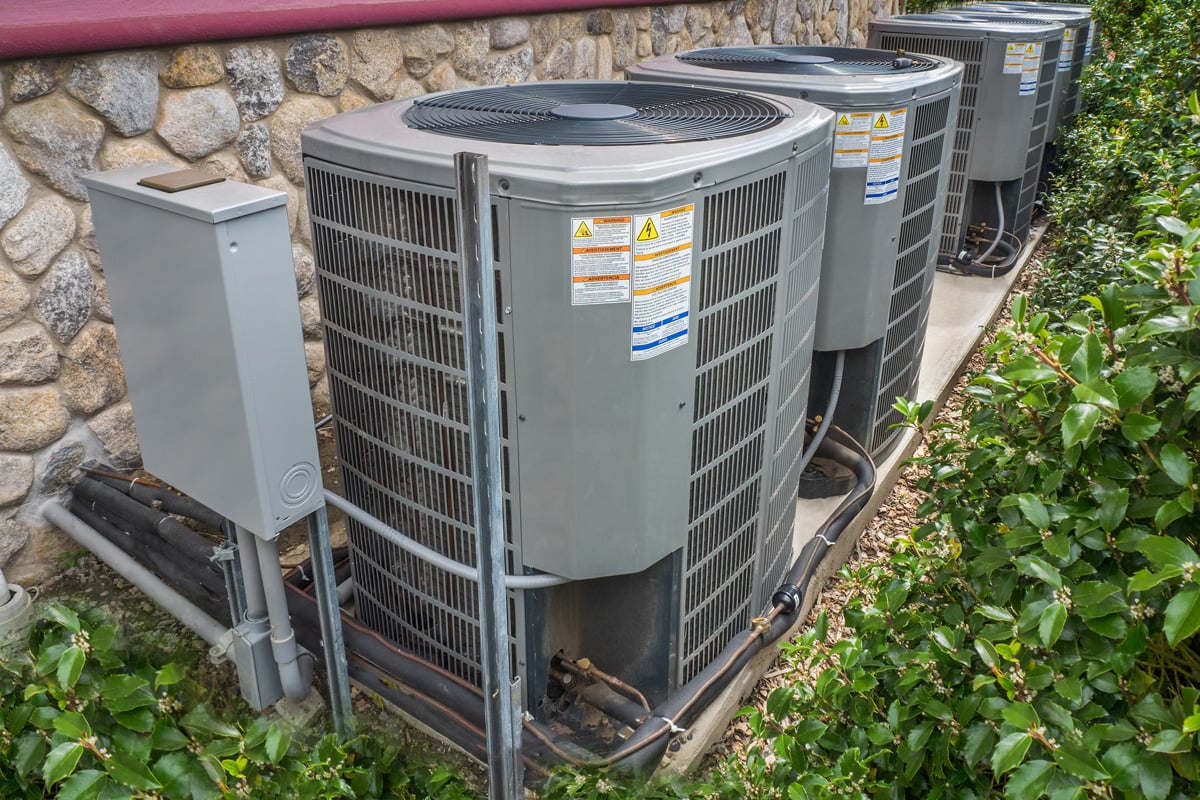
When To Use Dry Mode
Having moisture in the air can be annoying and uncomfortable, so keeping an eye on it is essential.
It would be best to utilize dry mode in situations when the temperature feels sticky and humid. For instance, it is about to rain, or it has been raining, and the weather has a tropical feel to it.
On hot summer days, though, the dry mode feature won't be as effective; instead, use the cooling mode. So, if it is cold and raining outdoors, you're probably turning up the heat indoors. In this case, the dry mode will help maintain a comfortable humidity level.
Relative humidity between 30 and 50 percent is the ideal range for indoor spaces. It refers to measuring the air's water vapor content relative to what it could carry at a particular temperature.
Related article: "How To Dehumidify A Room With Air Conditioner."
What Are The Advantages Of Dry Mode
Ducted and split air conditioners with impressive and high technology can purify, humidify, dehumidify, and ventilate your home's air simultaneously! You can switch on the dehumidification feature with some air conditioner systems with a single button push.
But before we proceed to the benefits of dry mode, let us first discuss the top-level issues that excessive humidity can have on your house, health, and comfort. Here are some examples:
- As a result of high humidity levels, you may have a wide range of allergic or asthmatic symptoms.
- Dust mites, mold, and mildew thrive in a damp environment. So, a room with high humidity is ideal for their growth.
- Because of the high humidity, your body is unable to cool down properly. As a result, even on days with the same temperature and relative humidity, it feels worse.
- With high humidity, your body is unable to cool down properly. It is because the humidity levels don't permit your sweat to dry up immediately.
- Walls or areas with excessive humidity can develop or attract mound spores, particularly in the shower or bathtub.
- Mold can also infest clothes and furnishings.
- Mildew or musty odors are common in humid areas.
- Excessive humidity can encourage water stains on the ceilings and walls of your house.
- Specific parts of your house may have excessive condensation on their windows.
- Rooms with no or inadequate ventilation will have greater humidity levels than average.
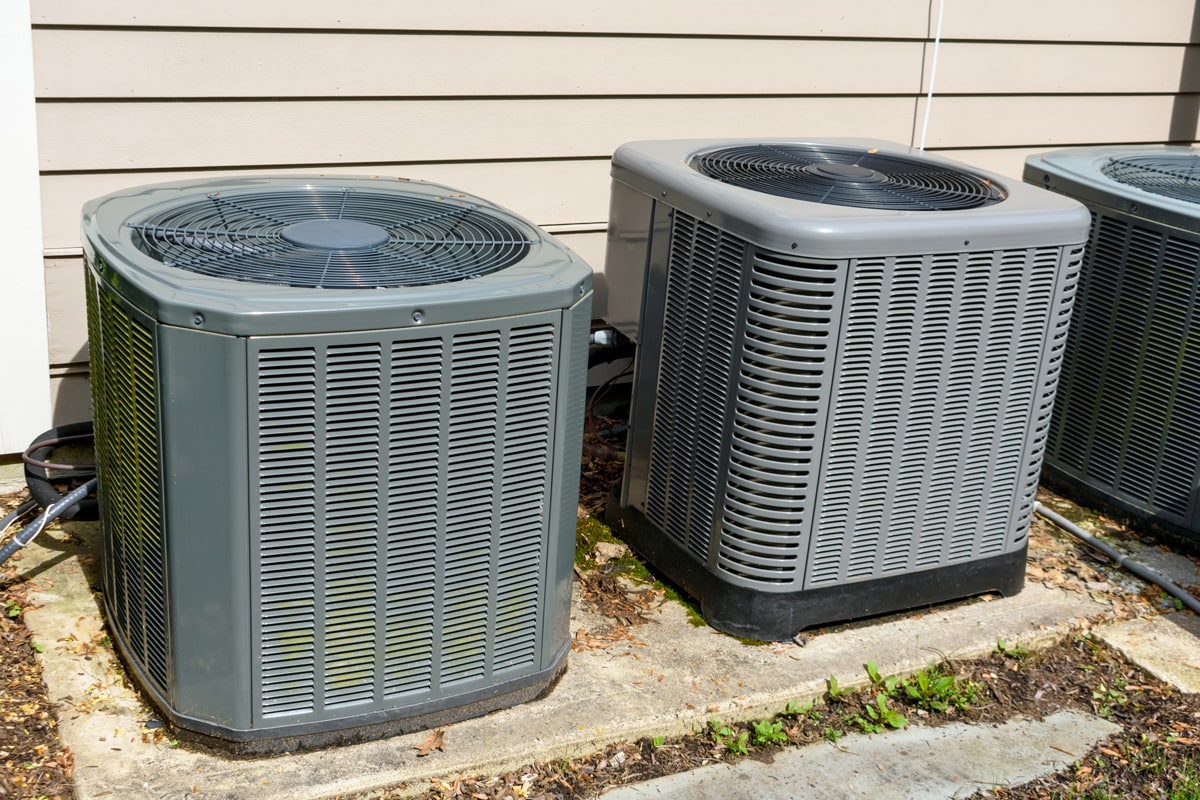
Benefits Of Dry Mode Or Dehumidification
Maintaining an adequately dehumidified interior atmosphere has several benefits, ranging from your comfort to your family's physical and psychological well-being. Dehumidification is a critical step in the cooling process in your home.
1. Better Comfort
Dehumidification lowers humidity levels, which immediately improves the comfort of a room. As the air becomes lighter, you'll get rapid relief from clamminess, perspiration, and exhaustion.
2. You'll Have A Healthy Home
Dehumidification aids in the maintenance of a healthy indoor environment for the benefit of the entire family by reducing the humidity in the air. The overall effect is that you'll be able to breathe comfortably.
As mentioned above, mold, dust mites, and mildew, which are common allergy triggers, thrive in moist environments. Excessive humidity can make your allergies and asthma worse. So, keep this in mind if you or anybody in your household is susceptible.
These allergens are so potent that they can even make a healthy person sick. Also, you must know that these humid-loving allergens cause a variety of reactions, such as the following:
- watery eyes
- itchy eyes
- stuffy nose
- sneezing
- wheezing
- difficulty breathing
- rashes on skin
- decreased immune system
- reduced resistance to respiratory allergies and infections
3. Improved Indoor Smell
Aside from discouraging the growth of mold, mildew, and dust mites inside your home, dehumidification also aids in the elimination of the unpleasant musty odors that these allergens produce.
4. Protects Furniture, Clothing, And Fabrics
Utilizing a dehumidifier or the dry mode of your air conditioner can help discourage mold from growing in your furniture, bedding, clothes, curtains, towels, and more.
5. Protects Property
In addition, the dry mode can protect your property against corrosion and rust on things like computers, electronics, and tools.
6. Everything Is Different And Fresher!
If you have the humidity in your home under control, expect that it can produce significant differences and benefits. Low humidity levels mean your clothes will now dry quickly. Moreover, your cereals and bread will stay fresh longer.
7. Low Humidity Will Reduce Your Cleaning Time
If the humidity levels inside your home are normal or low, you won't often have to clean because there is less dust.
8. Reduced Energy Costs
Instead of using the dry mode feature, you can opt to use a dehumidifier to help your air conditioner function more efficiently, resulting in decreased energy expenses.
You may need to lower your thermostat setting since humidity makes the room feel hotter than it is. However, you can reduce energy consumption and costs by turning on dehumidification and raising the thermostat setting. Additionally, since you won't have to drop the temperature as much, your air conditioner won't have to run as frequently, which saves electricity.
Related post: "7 Best Dehumidifiers For Your Bedroom."
What Is The Temperature At Which Dry Mode Works Best
You can activate the dry mode when the humidity level is between 25 and 75 percent. The dry mode requires a temperature of at least 25°C or 77°F.
Read more: "Mini Split Dry Mode Vs. Dehumidifier: What's The Difference?"
How To Activate Dry Mode In An Air Conditioner
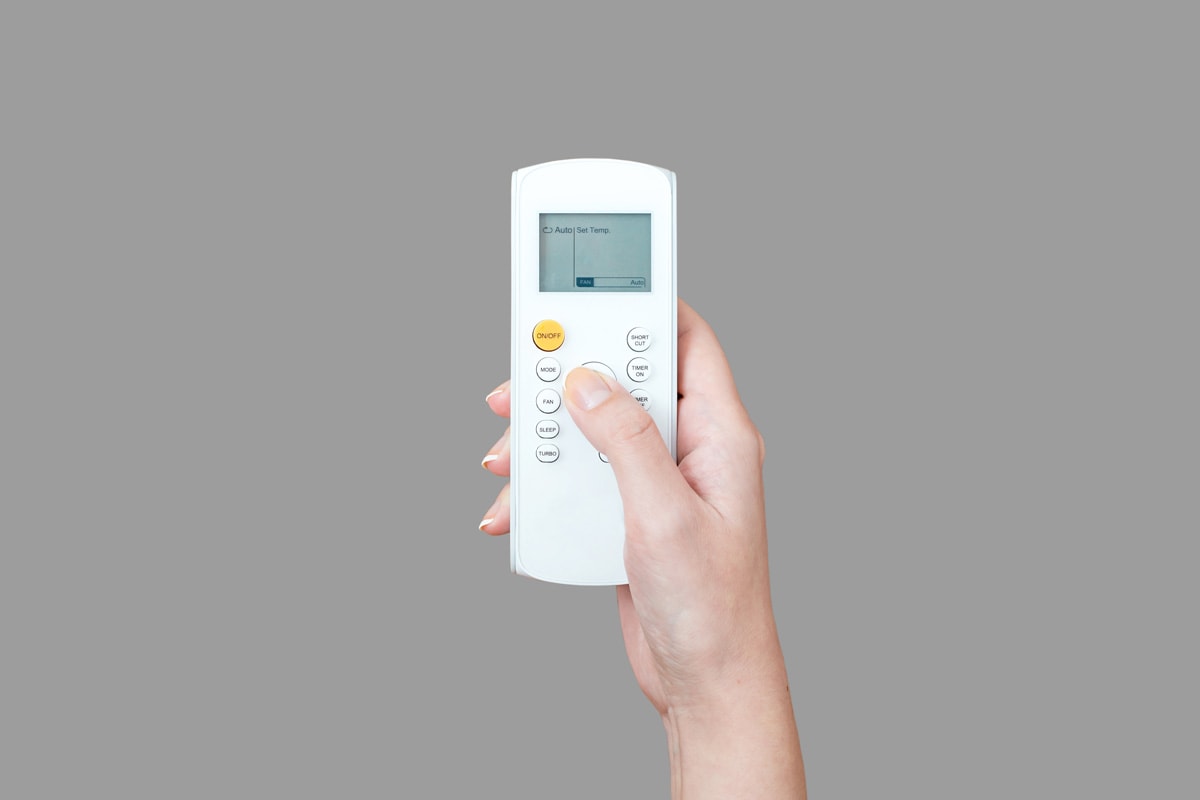
Moisture levels rise during rainy seasons, which we know to be the primary source of mold and mildew growth, and triggers allergy symptoms that can cause asthma attacks.
So, it is best to know the dry mode in your air conditioners and learn how to use it. This feature will significantly help you in avoiding the negative situations mentioned above.
An increase in humidity level means raising the temperature, as well. This situation will make a room far hotter than it should be. But if you are to activate the dry mode feature of your air conditioner, expect that the moisture level will go down; thereby, the indoor air will become comfortable.
However, if you don't know how to activate the dry mode feature from your air conditioner, we will provide you with the steps below, which you can follow:
- Go near your air conditioner, and push the "mode" button to enter operating mode. But if you have a smart air conditioner, you can utilize its remote control to do this step.
- After pressing that button, it will display "auto," "cool," "dry," and "fan" on the screen. It is what it will always show each time you select the "mode" button.
- Select the "dry" option.
- Once the dry mode activates, it will show a "dry" or water droplet icon on the screen.
Conclusion
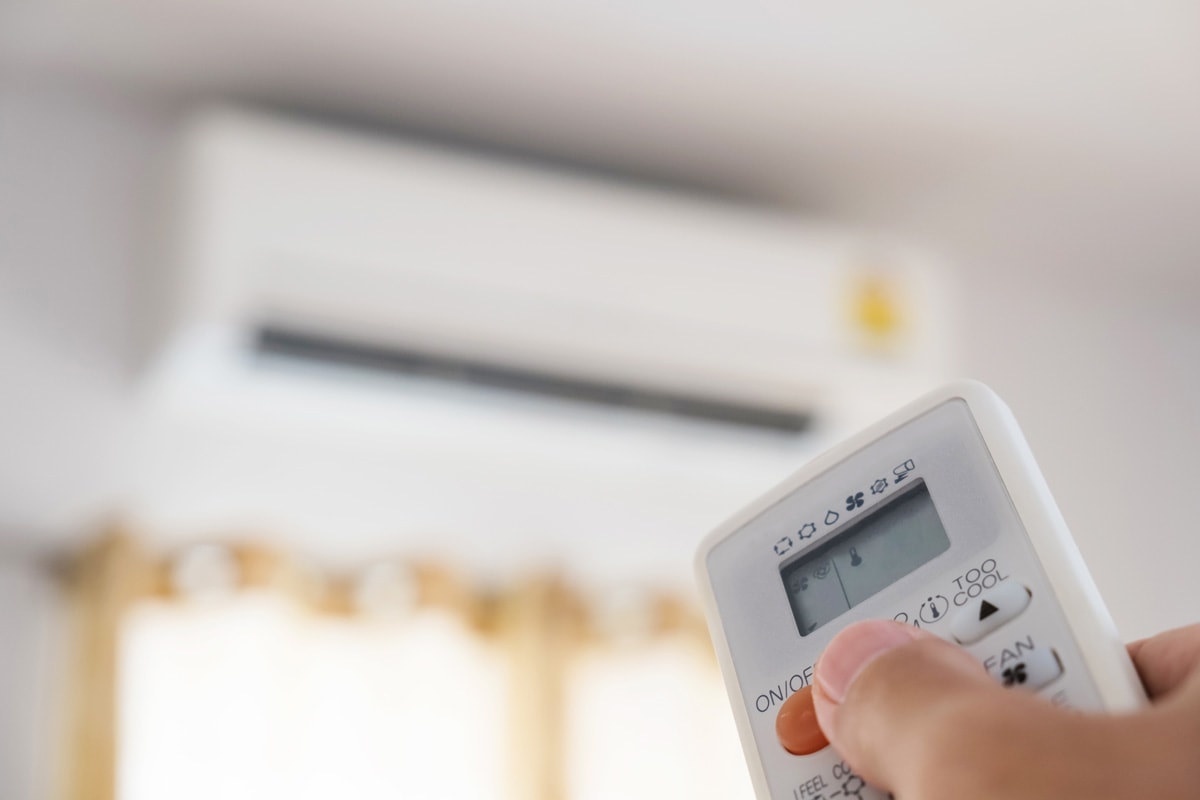
After reading this post, you may have realized how vital an air conditioner's dry mode feature is. This air conditioner feature can even convince you not to purchase a dehumidifier since this alone can help reduce humidity significantly, even if it requires you to use it for only a maximum of two hours.
We hope you find this post enjoyable to read. Please feel free to visit our website to find more interesting articles! You can also leave a comment if you have more questions. We'd love to hear from you!
